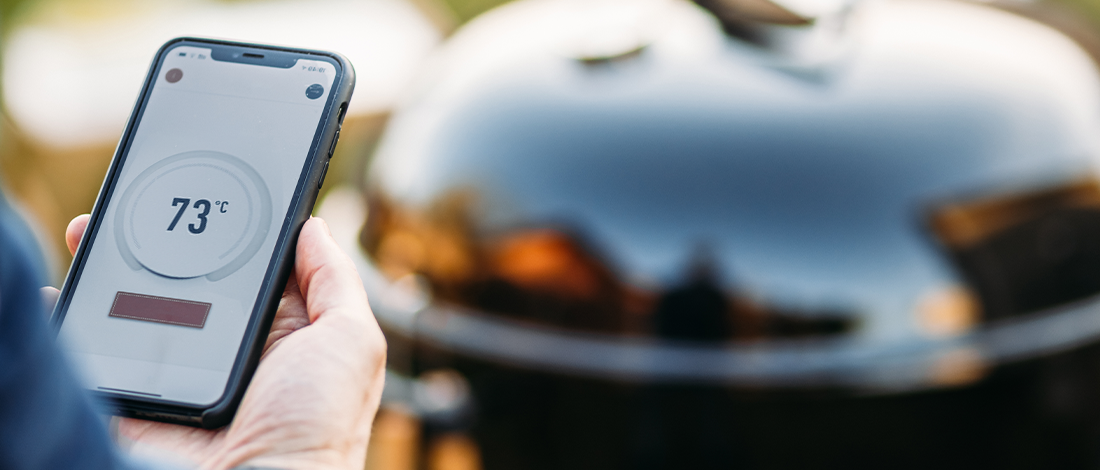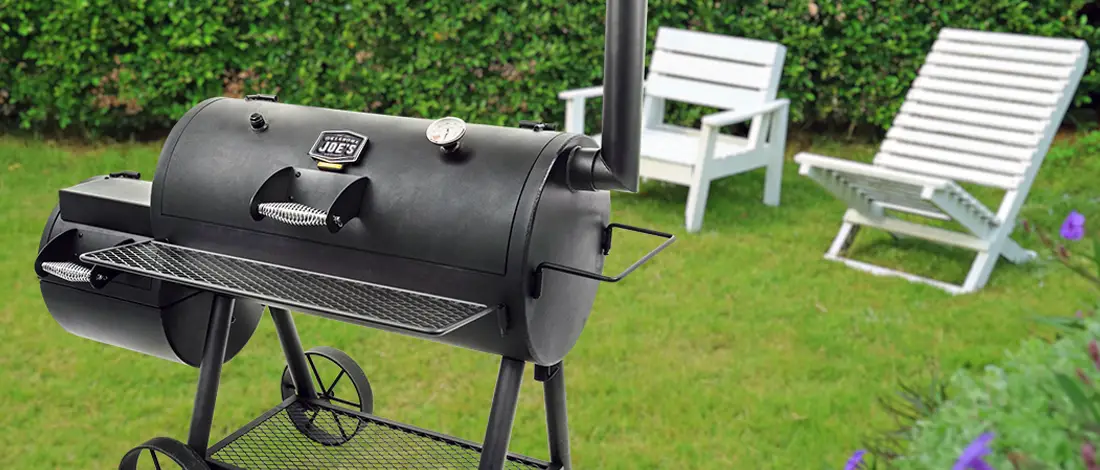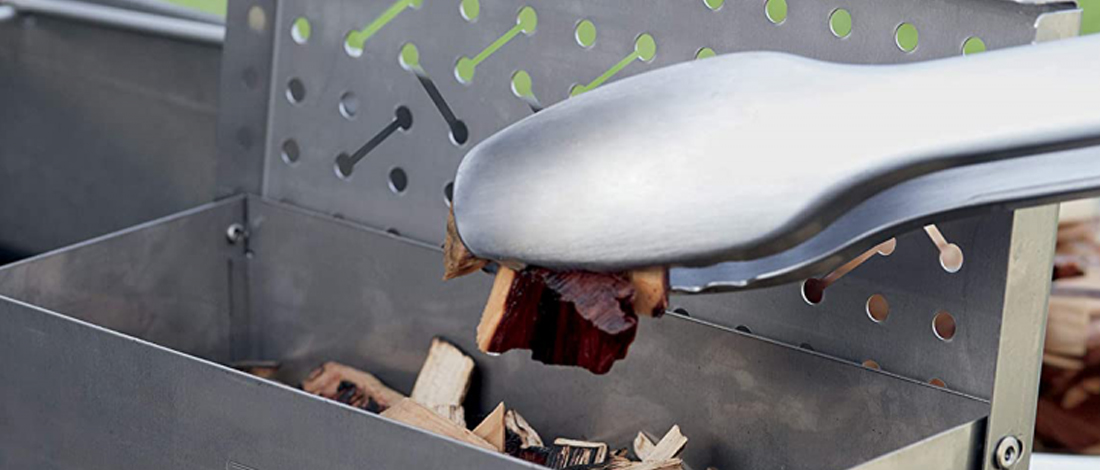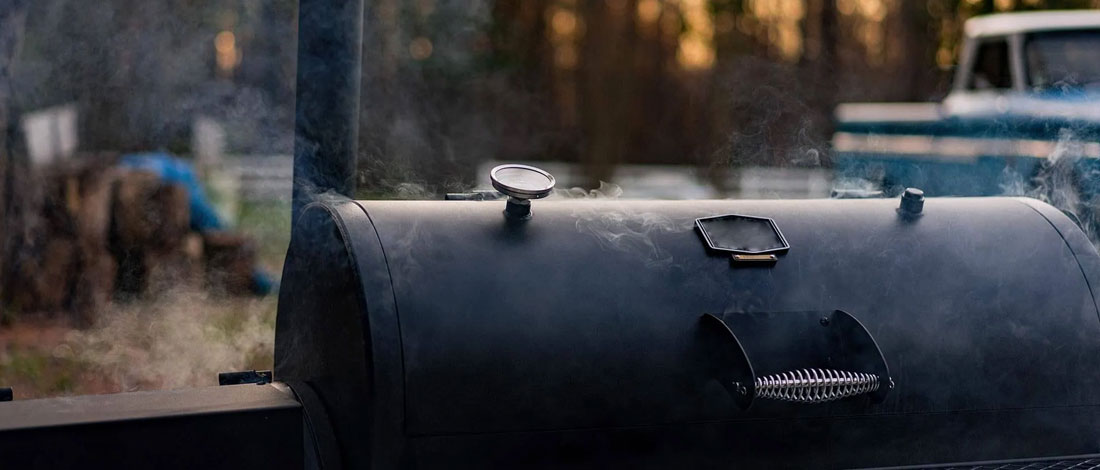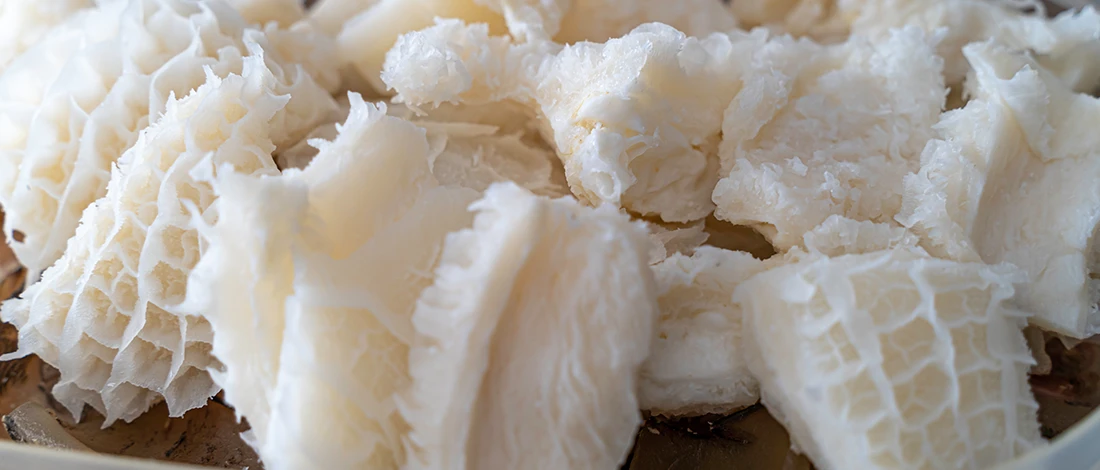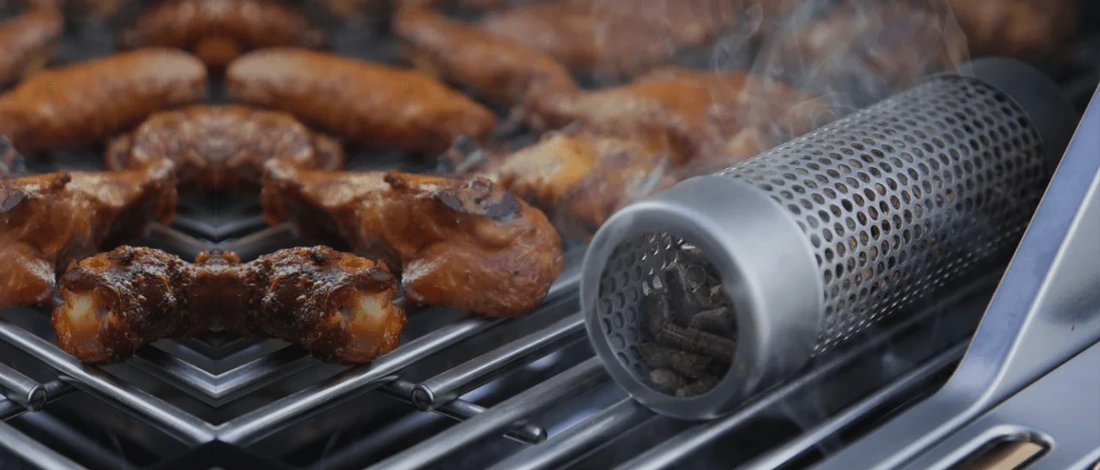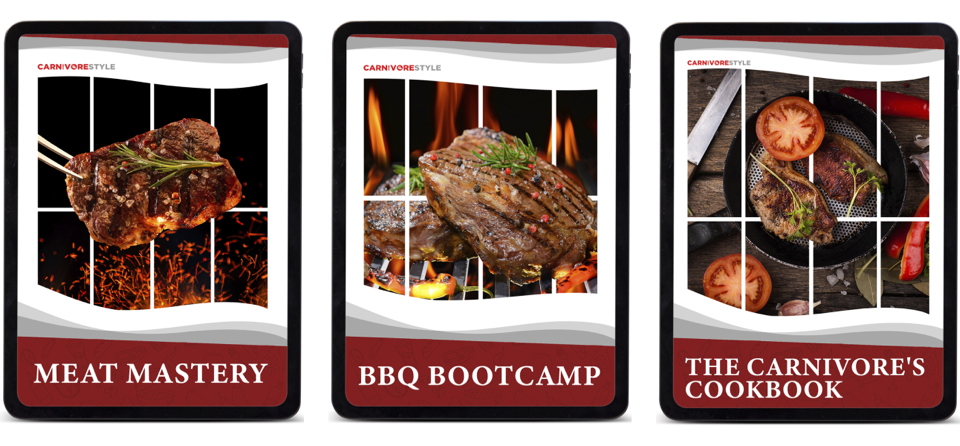I was very excited when I finally received my Oklahoma Joe’s Smoker. However, I didn’t know how to use it.
My passion for grilling drove me to learn and master the skills of using this smoker.
This journey involved extensive research, dedicating numerous hours to understanding the intricacies of the smoker.
As a seasoned professional with a profound love for grilling and years of industry experience, I've also successfully guided other beginners in maximizing their smoker's potential.
In this article, I’ll share my expertise to help you master the art of using the Oklahoma Joe Smoker.
Quick Summary
- To use Oklahoma Joe Smoker, set the right temperature between 200ºF and 250ºF, build a big enough fire with charcoal and wood chunks, and control airflow.
- Maintaining airflow and monitoring smoke is crucial, with adjustments made through baffles and intake dampers, and adding natural wood for flavor.
- According to 2020 research by the National Fire Protection Agency (NFPA), around 9,500 people get injured when using hot grills [1].
- If you are undecided and need other best alternative smokers to use, you can check our top 8 best smokers for beginners.
7 Steps on How to Use Oklahoma Joe Smoker
Oklahoma Joe’s is one the most popular makers of grill smokers, as they’ve been in the industry since 1987.
Their smokers are made from durable, thick-walled steel.
Their compact design makes it easy to control temperature and smoke, which are essential for the best smoking results.
To use the Oklahoma Joe smoker, follow these steps:
1. Season Your Offset Smoker
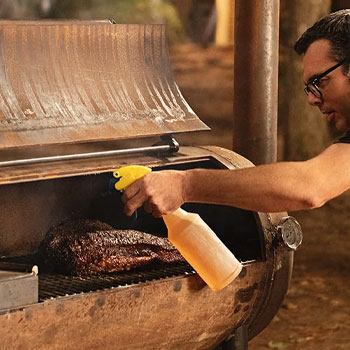
Oklahoma Joe’s Smokers are made from high-carbon steel. Just like a cast-iron skillet, they need to be seasoned.
Start by spraying vegetable oil on the inside of the smoker’s horizontal cooking chamber.
The next step is to burn the fire from wood logs or wood chunks and leave it there for several hours. The fire should be low.
To know if the Oklahoma Joe’s Smokers is well seasoned, check if the fire inside of your cooking chamber has a shiny black coating.
Also Read: Easy Steps to Seasoning a Masterbuilt Propane Smoker
2. Set the Right Temperature
To set the right temperature, pay attention to the heat and smoke that moves through the cooking chamber.
This is very important as it affects the results of cooking. If the cooking chamber temperature is too high, meat can overcook and lose its flavor from the fats’ slow rendering.
If it is too cool, it will not render the fat enough. The ideal temperature should be between 200ºF and 250ºF.
Use an Oklahoma Joe offset firebox to control the temperature, as the results will not be good if you open the cooking chamber often.
3. Build a Big Enough Fire
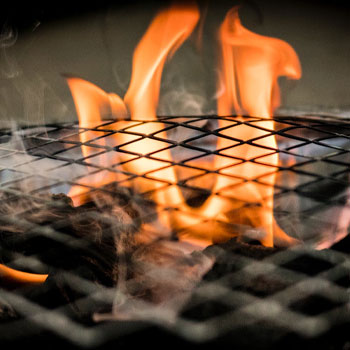
As we explained above, heat is essential for the smoked food quality, so make sure to build a big fire.
The biggest mistake you can make is to put meat in a cold place, as the meat will lose its moisture. Combine charcoal with wood chunks.
In the beginning, we suggest putting in 10 lbs. of the best quality charcoal and supplementing it with a suitable amount of wood chunks. Add more charcoal and wood to the lit coals on the firebox approximately every 2 hours.
You can add an insulator to the smoker to get the most out of your firebox.
Depending on the results you want to make, Select one of the two types of charcoal.
Use briquettes to burn the fire – it will burn longer and keep the temperature steady.
Natural lump charcoal will make your fire burn slowly and impact flavor.
Learn More: Things to Consider When Adding Wood to a Smoker
4. Maintain Airflow and Monitor the Smoke
There is a “bad smoke” and a good one.
You’ll only want a good one while smoking meat as it has an effect on the meat’s taste. So, wait until the smoke turns from a thick white smoke to pale smoke.
It will come from a clean fire, allowing stable temperature and the desired burning process.
In his 2015 research published on Academia.edu, Aaron Franklin explains that airflow is the essential characteristic of a pit, and it depends on heat, fuel, and oxygen [2].
If you made a suitable heat with fuel, as we have explained above, the only thing you should control in the equation is oxygen or airflow.
Start with opening the baffles, then add fuel, and when the smoker heats, adjust the buffers.
Fill the fuel with charcoal and close the door to prevent temperature changes. Add meat only when the temperature reaches the desired level.
5. Adjust and Maintain your Desired Temperature
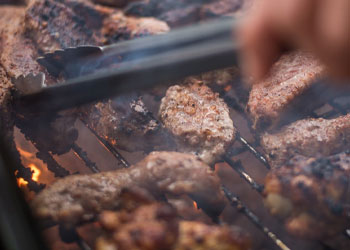
The most critical factors in adjusting and maintaining your desired temperature are airflow and the charcoal grate’s height. To control the airflow, adjust the intake damper and the chimney.
For low temperatures (around 225°F), you should decrease vent openings to use minimum airflow. If you need a higher temperature, you should open the vents to get maximum airflow.
If your grill has an adjustable charcoal grate, raise or lower its height to adjust for searing temps.
6. Add Natural Wood for a Flavor
Which wood to use, wood chips or wood chunks? Our recommendation is to use both.
The first will generate more smoke and is ideal for short smoking times, while the second generates a steady supply of smoke for long cooking times.
Adding natural wood to your fuel can give a flavor of wood smoke to your meat. While any wood that bears fruit or a nut is good to cook with, pecan wood, mesquite wood, and hickory are top favorites.
Recommended Article: How To Use Wood Chips In An Electric Smoker?
7. Keep the Moisture
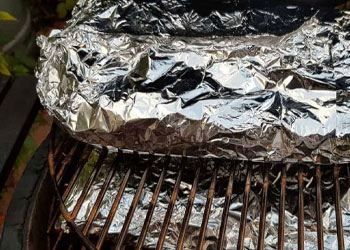
According to a 2018 study published on the Oxford Academic website, meat loses moisture during the smoking process, which can affect its taste. It can also lose some healthy vitamins and minerals, which, according to research, meat can provide [3].
To help keep the meat’s moisture, you can wrap your product in foil or butcher paper for the final few hours of smoking.
It will not just keep the moisture but also protect the meat from getting too much smoke.
You can also use a water pan to make steam.
My favorite thing to do...is to get my big grill and smoke some meat and sit around with my buddies all day for 12 hours cooking that and then eat at the end of the day.”
- Dale Earnhardt Jr., Car Racing Driver
Who Makes Oklahoma Joe’s Smokers?
Since 1998, Oklahoma Joe's Smokers have been made by Char-Broil, themselves a household name since 1948, when they produced their first charcoal grills. At that time, Davidson decided to focus his attention on his career as a pitmaster and sold Oklahoma Joe's to New Braunfels Co. in Texas.
Although he continued to work at New Braunfels for a couple of years, Davidson decided in 2000 to end his association with the business.
In turn, grill brand Char-Broil acquired New Braunfels and moved manufacturing to China, where they produce the smokers as a separate brand, still called Oklahoma Joe's.
FAQs
How Do I Start My Oklahoma Joe Smoker?
To start your Oklahoma Joe smoker, load charcoal or wood into the firebox, ignite it, and adjust the airflow to reach your desired cooking temperature.
What’s the Best Way to Control the Smoker’s Temperature?
The best way to control the smoker’s temperature is to use the smoker's adjustable vents and dampers. Open them for more heat and close them for less. Practice helps you find the perfect balance.
What’s the Recommended Wood for Smoking in an Oklahoma Joe Smoker?
The recommended woods for smoking in an Oklahoma Joe smoker include hickory, oak, and fruitwoods like apple or cherry. Experiment with different types to discover your favorite flavor profiles.
How Often Should I Clean My Oklahoma Joe Smoker?
You should regularly clean your smoker by removing ash, grease, and food residues after each use. Deep cleaning with a grill brush and warm, soapy water is recommended periodically.
How Should I Prepare the Charcoal Basket on My Oklahoma Smoker?
To prepare the charcoal basket on your Oklahoma Smoker, start by filling it with your choice of charcoal or wood. Arrange the fuel in a pyramid shape for efficient ignition. Light the charcoal and then spread the lit charcoal.
References:
- https://www.nfpa.org/education-and-research/home-fire-safety/grilling
- https://www.academia.edu/39252583/Franklin_Barbecue_A_Meat_Smoking_Manifesto
- https://academic.oup.com/af/article/8/3/5/5048762

